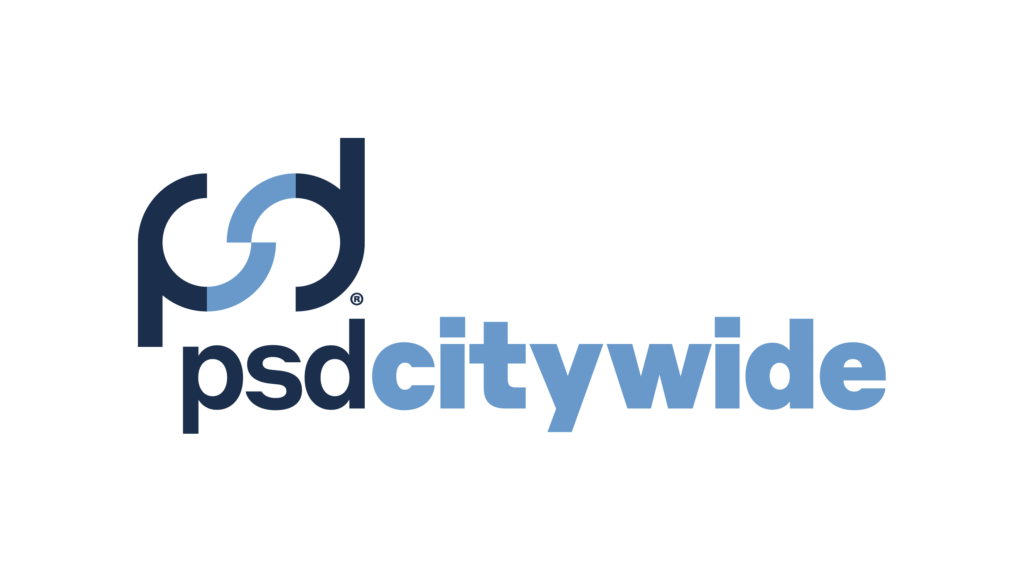The first time I experienced a raclette dinner party, the host told me with delight, “everyone loves raclette because you choose what to eat and how to cook it!”
If you’ve never had the pleasure of a raclette meal, here’s how it works. You sit around an electric table-top grill with meat, cheese, bread, and veggies to cook on your portion of the hot surface. There are even little pans (called coupelles) under the grill for melting cheese. The Swiss think of everything.
The raclette experience was completely foreign to me. As the others began to grill their food, I paused. I wasn’t sure what to do. It felt strange and a bit uncomfortable. Why was I being asked to cook my food? What if I did something wrong? What if I burned my food or worse, my fingers? Slowly but surely these fears began to melt like the hard cheese in my coupelle and before I knew it, I was loving it. And not only because the food was cooked exactly as I liked it, but because it was an engaging experience. We were all involved in making and enjoying our meal together.
Participatory Budgeting is like a raclette dinner party. But instead of a hot plate, there is a portion of the municipal budget and in place of meat, cheese, bread, and veggies, there are playgrounds, bike racks, public art, and beehives.
Participatory Budgeting invites community members to democratically decide how to spend a portion of the municipal budget. The concept was born in Brazil in the late 1980s as a poverty reduction strategy. Results were positive and over the years, the system has been reproduced in a variety of forms in thousands of cities around the world.
Benefits of Participatory Budgeting
- It’s a proactive way to foster a positive relationship with residents.
- It introduces residents of all ages to the potential of civic engagement.
- It taps into the wealth of localized knowledge and innovation that exists within your community.
- It’s a good way to direct and process unsolicited community input.
How Does it Work?
- A portion of the annual budget is dedicated to Participatory Budgeting.
- Residents are invited to share ideas for how to spend the money.
- Ideas are reviewed by City staff for feasibility.
- Feasible ideas are developed into proposals and put on a ballot for a community vote.
- Residents vote for their favourite ideas.
- The ideas that get the most votes, receive funding and support.
Participatory Budgeting programs can be open to any and all types of proposals but some cities choose to focus on a particular area. Some common examples include:
- Parks
- Transportation
- Community Programs
- Youth
- Local Economic Development
- Arts & Culture
Participatory Budgeting was introduced in Brazil in 1989 and has since been adopted by municipal governments across the globe. In “The Beginner’s Guide to Participatory Budgeting” published by CitizenLab, a participatory budget is defined as “an innovative policy-making tool which directly involves citizens in budgeting decisions.” Rooted in democratic principles, Participatory Budgeting can lead to better public services insofar that citizens are able to voice what services are most needed and urgent. Other benefits listed by the CitizenLab include greater social cohesion among community members and helps citizens understand the decision-making process.1
Challenges and Opportunities
As you might expect, there are a variety of complications that come from opening the door to resident’s ideas for how to spend public dollars. Here are a few common examples to be aware of:
- Although you can restrict ideas with significant operational costs, any investment in the public realm has some kind of cost down the road. Over time, these costs add up and need to be considered in future budgeting.
- Many ideas that come in will be too expensive or not feasible. If this is not handled well, it can leave residents frustrated and discouraged. It takes a lot of time and effort to explain and educate residents about why their ideas don’t fit into the program and if possible, suggest alternative routes to pursue their ideas.
- Municipalities already have lots of existing plans, policies, practices, and legislated consultation requirements. So how the new projects will align with these interests needs to be considered.
For a long time, the public sector has followed a particular pattern to make its spending decisions. With this long standing legacy comes a set of ingrained mental and social formations. Participatory Budgeting is a dramatically different way to make decisions and that’s going to feel weird, at least for a little while. But with the right system design and a bit of bureaucratic elbow grease, the results are well worth the cost and temporary discomfort. Participatory Budgeting will make things happen in your community that would not have otherwise happened. Good things. Things that residents will love, talk about, and take pride in.
Like a good raclette dinner party, Participatory Budgeting can be a messy experience. But if a positive social experience is achieved, the mess will be forgiven and the results enjoyed.
RYAN J. CRAVEN specializes in place-based community engagement and has published multiple books on the topics of retail, heritage, and public health. He received his Masters of Science in Geography, Urban and Environmental Studies from Concordia University. www.ryanjcraven.com



